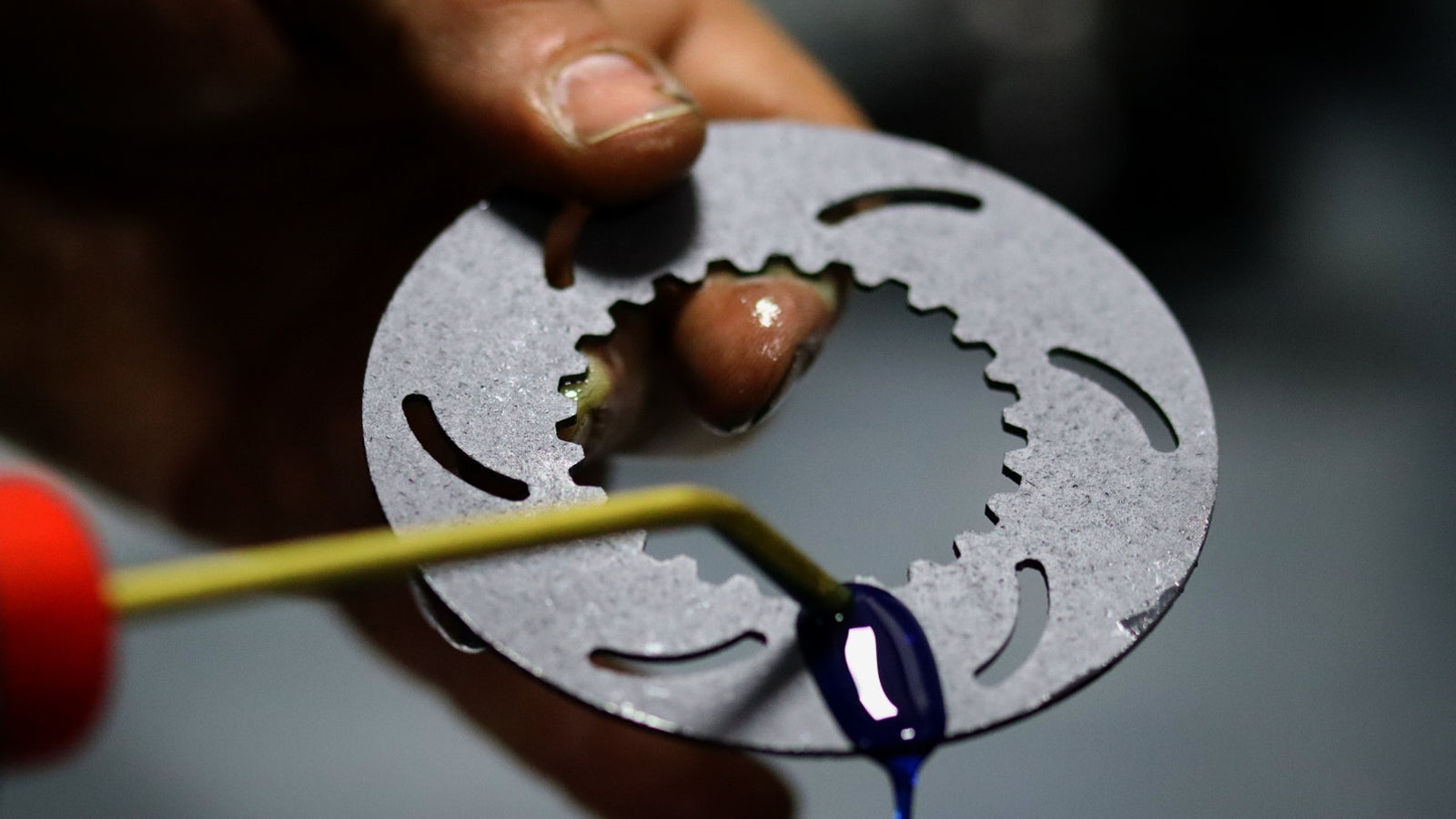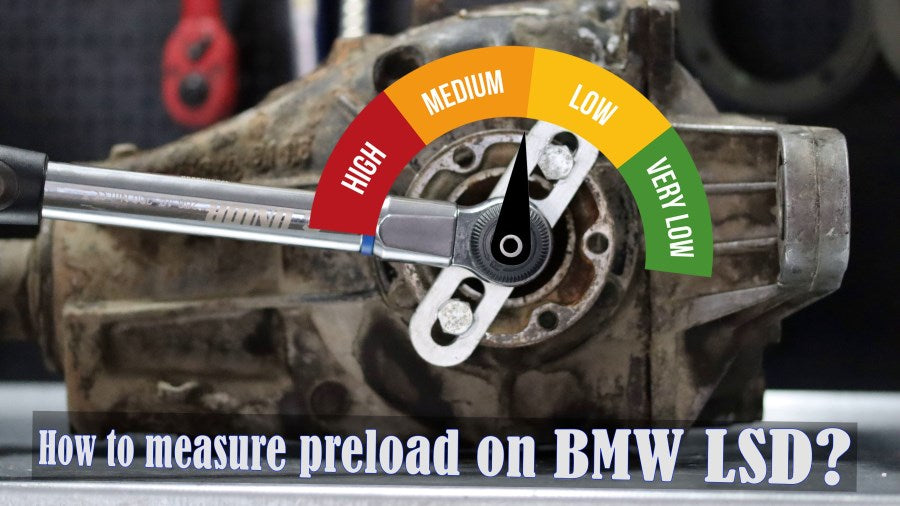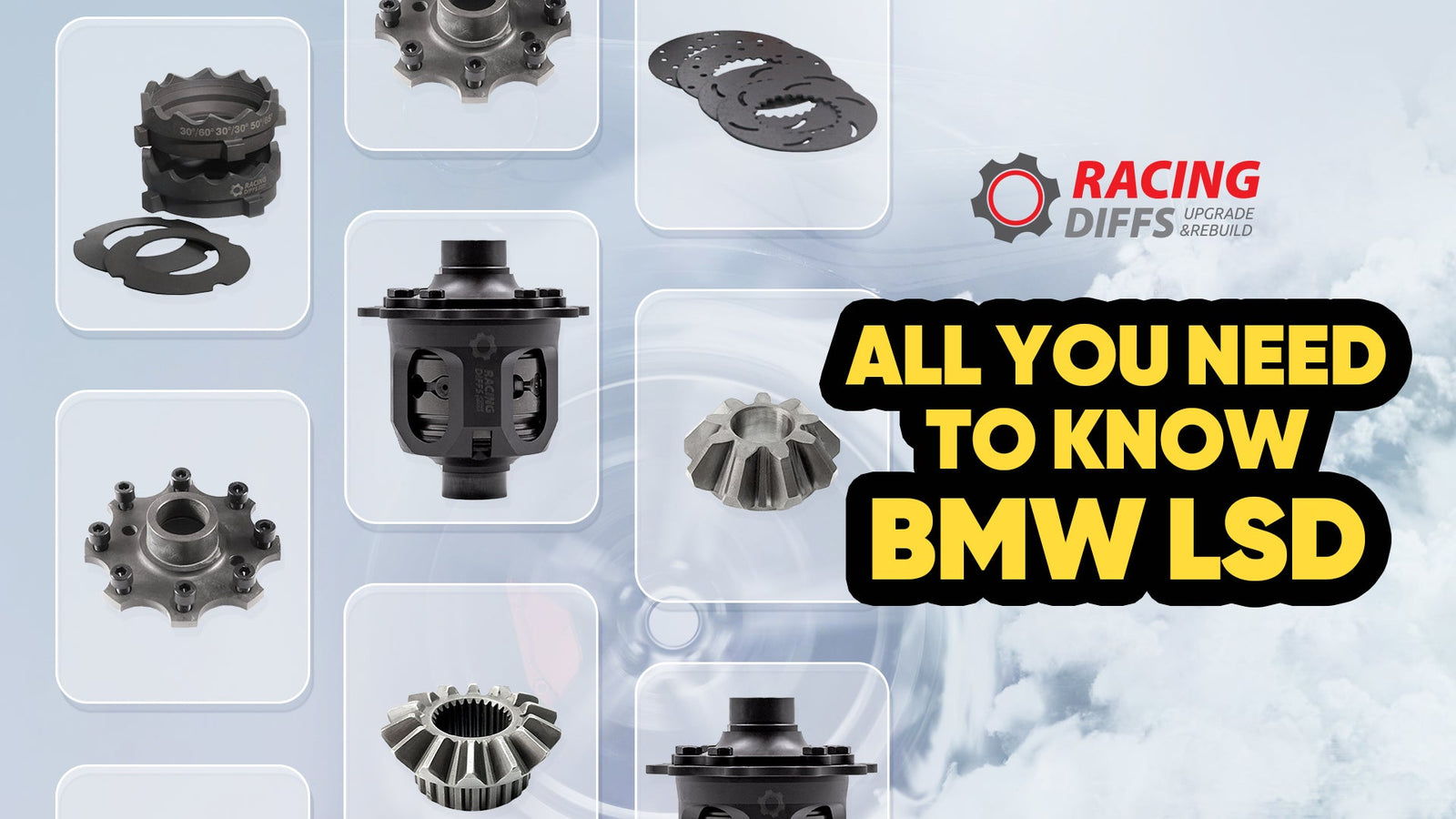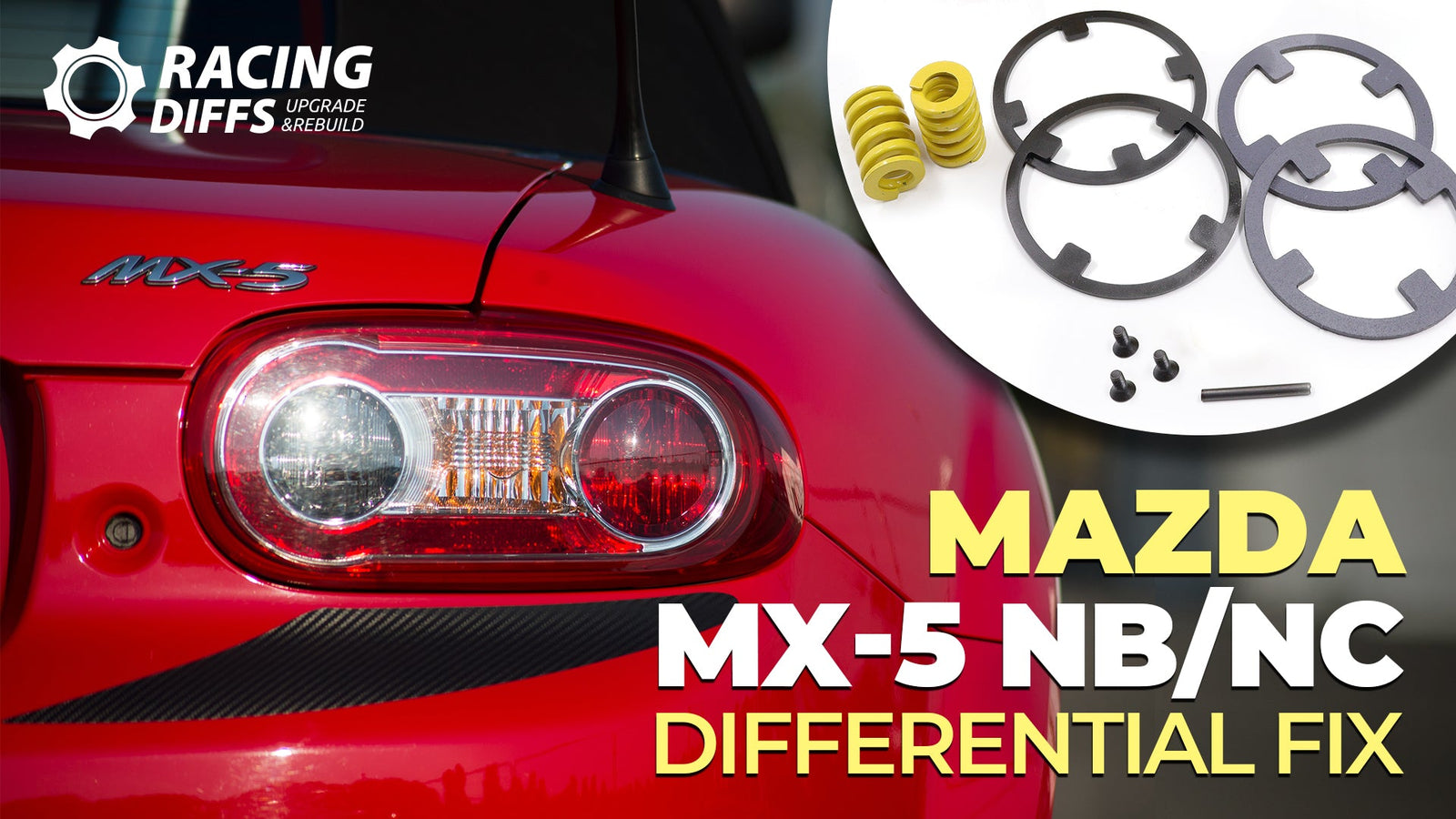Apparel
Accessories
Check out our full lineup of yoga accessories to help you with your daily meditation practice and fitness goals...
Try our new Cork Yoga Brick for soft but solid support
Check out our full lineup of yoga accessories to help you with your daily meditation practice and fitness goals...
Shop
Mega menu
tetasidjaslkihsdlkjfhsdf gjkhsdfgjklsdhfgjkl shdfgjklhsdfgjkl hsdfjklg hsdfkjlg hsdfjklg hsdfjkl ghsdfjkl ghsdfjklgh
Mega menu

Time to get excited about our new collection for Men!
tetasidjaslkihsdlkjfhsdf gjkhsdfgjklsdhfgjkl shdfgjklhsdfgjkl hsdfjklg hsdfkjlg hsdfjklg hsdfjkl ghsdfjkl ghsdfjklgh
Understanding the Limited Slip Differential: Breakaway Torque
June 14, 2023 3 min read

The world of high-performance vehicles is packed with technical terms and complex mechanisms, with the limited slip differential (LSD) sitting at the heart of it all. Whether you're keen on pushing your car's limits on the racetrack, conquering rough terrains, or indulging in adrenaline-pumping drifting, understanding the LSD and its breakaway torque can substantially elevate your driving experience.
Limited Slip Differential Explained: How it Works
Before diving into the specifics of breakaway torque, let's briefly explore how a limited slip differential works. The LSD is a type of differential that uses various mechanical methods to allow for some degree of wheel speed differentiation while distributing torque equally to both wheels under normal conditions. When one-wheel experiences reduced traction, the LSD transfers power to the wheel with more grip, aiding vehicle stability and control.
Types of Limited Slip Differentials
The market today offers a variety of limited slip differentials, each designed with unique features that cater to specific driving conditions and preferences. From clutch-type LSDs that are great for drifting, to torsen and helical differentials that provide an excellent blend of performance and everyday drivability, there's an LSD out there to meet your unique needs.
Limited Slip Differential Benefits: The Pros and Cons
Understanding the advantages and disadvantages of LSDs is crucial for drivers, especially when deciding between an open differential and a limited slip one. The benefits of an LSD include improved traction, especially in challenging driving conditions, enhanced control during high-speed cornering, and of course, the ability to drift effectively. However, one must also consider the potential problems associated with LSDs, like increased tire wear, higher costs, and the possibility of 'chatter' or 'clunking' noises under certain conditions.
Breaking Down Breakaway Torque
Limited slip differential breakaway torque is a crucial factor for any high-performance vehicle. It refers to the amount of torque required to start rotating the wheels when the differential is in a stationary state. Notably, a high breakaway torque, typically above 150 Nm, often results in a chattering noise, particularly noticeable when maneuvering through tight corners.
Measuring LSD Breakaway Torque
Keen on measuring the breakaway torque of your LSD? It's a straightforward process you can learn by following this insightful YouTube tutorial here. However, be aware that this procedure should be done with extreme care, following the necessary safety precautions to avoid any harm.
The Chatter and Clunking Noise Explained
Experiencing chattering or clunking noises from your LSD? This is commonly attributed to a high breakaway torque. While it might sound alarming, it's typically normal for LSDs with high breakaway torque values, and can also be influenced by the type of limited slip differential fluid used or the presence of a limited slip differential additive.
The Break-In Period and Maintenance of LSD
A new LSD requires a specific break-in period for optimal performance. During this time, it's crucial to avoid aggressive driving or overloading the vehicle. Regularly servicing your LSD, including changing the differential fluid and using the right LSD additive, can prolong its lifespan and maintain its performance.
Should problems arise, consider investing in a limited slip differential rebuild kit. These kits include all the necessary components to restore your LSD to its prime condition.
Conclusion
A limited slip differential is a key component in performance driving, be it on the racetrack, during off-roading, or while drifting. Understanding the concept of breakaway torque and how to measure it, can enhance your LSD's performance and longevity. Remember, though, that the maintenance of your LSD is equally important.
Also in News

Think Welded Diff Is Enough for Drifting? Think Again. Here’s the Truth.
December 15, 2025 4 min read
Read More
BMW Limited-Slip Differentials: How They Work, When to Rebuild, and Smart Upgrades (E46 M3, E92 M3, E60 M5/M6, F87/F80/F82)
September 06, 2025 6 min read
Read More
Mazda MX5 NB/NC and the Fuji Limited Slip Differential – Understanding the Heart of Handling
August 21, 2025 4 min read
Read More


